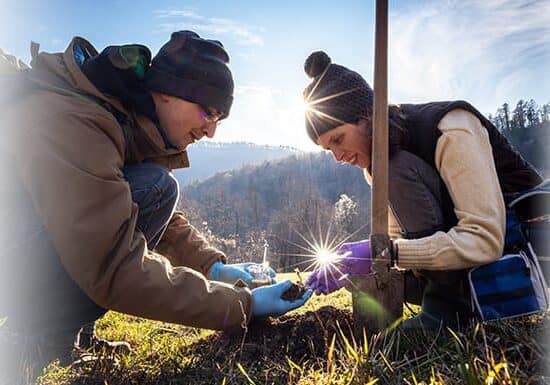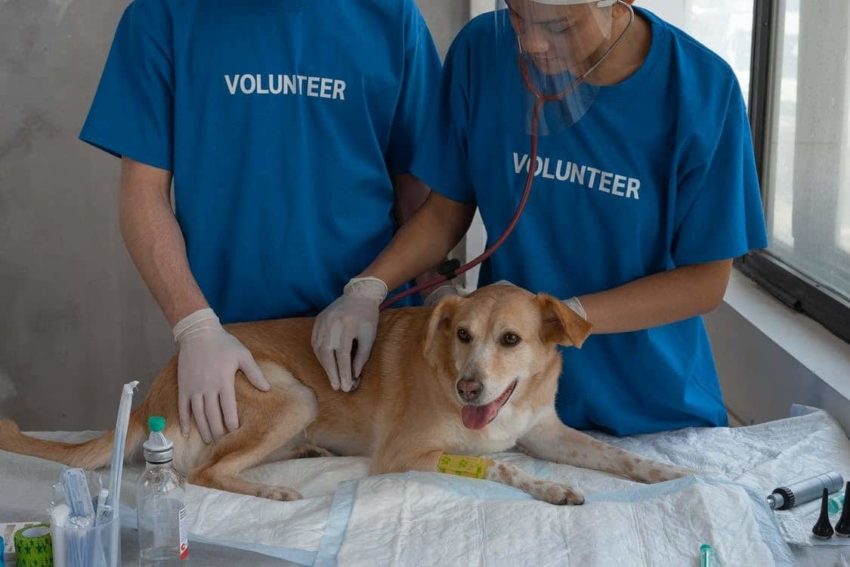Everything To Know About Experiential Learning
Updated: June 19, 2024

For many people, the ability to learn anything new will come down to being able to try it themselves. This type of learning through experience is known as experiential learning. Experiential learning is an active process that involves more than just the learning process itself.
Here, we will cover everything there is to know about experiential learning, from defining the process to sharing the different styles and types.

What is Experiential Learning?
The most simple and direct definition of experiential learning is, “learning by doing.”
But experiential learning involves more than just doing. Experiential learning is the active process that takes into account the analysis and reflection of any type of activity. An activity may be a simple task or the understanding of a complex idea.
In essence, this means that the learner is learning something new, but they also take the time to reflect about their own experience of learning.
Experiential Learning Styles
American educational theorist David A. Kolb is renowned for developing the experiential learning theory. As part of this theory, he developed the experiential learning cycle, which is a four-step process that can be tied to any type of new endeavor or understanding. The basic components are: Experience – Reflect – Think – Act.
Going even deeper, every person may move through this cycle in their own ways. The way in which people experience the cycle can be described by The Kolb Learning Style Inventory (LINK).
These nine ways below are habits or states of learning. Many people will have their LINK styles overlap or even have changing tendencies over time or based on the situation.
Here’s a brief look at what they are:
- Experiencing: The experience style is connected and engaged. Teamwork is at the forefront because of trusting relationships with people. Emotional expression is a big part of this style.
- Reflecting: The reflecting style involves patience and taking a backseat. While others take the spotlight, you are listening and taking in information.
- Imagining: In the imaging style, you are likely to create a future outlook and creatively generate new ideas. You display empathy, trust, and care for others.
- Analyzing: The analyzing style consists of structure and precision. People will make plans to minimize mistakes and use a critically discerning eye to fully understand the situation before taking any action.
- Thinking: When using the thinking style, you communicate ideas and can make judgments based on linear and controlled thought processes. Logic plays a big role here.
- Acting: The acting style is achievement-oriented. You will execute in order to accomplish a goal by a deadline and can do so, even if resources are limited.
- Deciding: With the deciding style, you are direct and solutions-oriented. You can be focused and realistic.
- Initiating: The initiating style consists of spontaneity and a willingness to seize opportunity and change course even if failure or losses occur along the way.
- Balancing: The balancing style aims to bridge gaps between people and relies on the ability to be adaptive and aware.
The Cycle of Experiential Learning
Kolb’s cycle of learning flows like this: concrete experience -> reflective observation -> abstract conceptualization -> active experimentation.
To move through these stages, three key components are at play, namely:
- Knowledge: information and facts that are taught during formal learning and/or prior experience
- Activity: applying said knowledge to a real-world application or setting
- Reflection: analyzing knowledge and activity to breed new knowledge and insights
A Facilitator’s Role in Experiential Learning
When it comes to experiential learning, both the learner and the facilitator play an important role in the process.
Facilitators in experiential learning environments are responsible for:
- Creating suitable experiences
- Assisting learners in making connections between theory, context, and activities
- Supporting learners by offering resources and setting boundaries

Types of Experiential Learning
Experiential learning comes in many different forms, as do experiences themselves. Some types of experiential learning include:
- Clinical education: Clinical education is often part of healthcare and legal settings. Students practice skills in the real world and often earn credits for this type of work. Clinical education is usually in conjunction with or following theoretical coursework.
- Cooperative education: Cooperative education is a common type of experiential learning that takes place in professional programs. In this setting, students will move between weeks of study and weeks of employment. As long as the work meets the requirements, students will learn credits for their time spent working off-campus. The goal is to blend classroom education with practical learning to prepare students for their careers.
- Service learning: Service learning is community service. During these experiences, a student will take part in an activity that aids the community and may lead to a better understanding of course concepts. Service learning may be optional or required, depending on the type of program and degree you’re looking to obtain.
- Internships: Internships are where students get to work in a practical setting or with professionals to learn more about a specific work environment. They may or may not be paid or approved to earn credits. However, internships are a great way to build a network and get a sense of the working experience while still learning in a classroom (or upon graduating). A large part of what makes an internship a type of experiential learning is the reflection aspect, which in an internship setting, is likely to be a guided reflection.
- Practicum: Like an internship, a practicum is designed such that students or graduates can apply what they learned in a real-world setting. The major difference is that a practicum is highly focused on observation and documentation. Under supervision, those who participate will complete assignments and observations and then likely take part in a follow-up discussion about the experience.
- Student teaching: For those enrolled in an Education degree program or pre-professional environment, student teaching provides an opportunity for a supervised experience to gain hands-on knowledge.
- Community-based research: Students can experience the research process by cooperating with organizations and conducting studies to learn about a community’s respective needs.
- Study abroad: Study abroad programs allow students to go to a new city or country while they are enrolled in courses and learn in an entirely new environment. This type of cultural immersion may also involve service-learning and/or internships.
- Field work: Field work involves research or activity that is in direct contact with whatever is being studied. For example, this could be digs at archeological sites for an archeological class or sessions with clients for a social work degree. Generally, field work is common for subjects like: anthropology, sociology, archeology, environmental studies, earth science, and social work.
- Peer-to-peer learning: Collaborative learning, or peer-to-peer learning, involves students working together to create a product or solve a problem. This offers a way to boost cooperation skills and teamwork. Some institutions, like the University of the People, prioritize this type of learning because of how closely it mimics real-world job settings. At our online higher education institution, students take part in peer learning through peer review groups and online student forums, which allows students from all over the world to work and learn together.
Experiencing Experiential Learning
Whether you’ve been aware of the term experiential learning or not, you’ve more than likely have taken part in it at some point in your life. Most educational settings will involve some type of experiential learning.
Additionally, experiential learning occurs throughout your entire life, granted that whatever you do involves the learning itself and your own reflection of how you’ve learned a new task, skill, trade, or concept.

